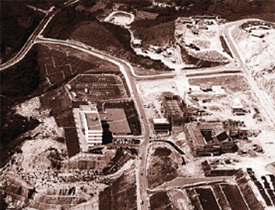
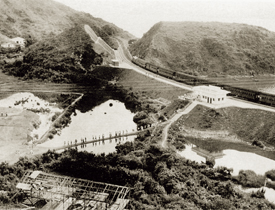
1963 - 1972
The first decade of The Chinese University of Hong Kong covered more than 10 years, for the root and origin of the University can be traced back to the three Founding Colleges—New Asia, Chung Chi and United which were founded in 1949, 1951, and 1956, respectively.
These Colleges were each different in their educational ideals and values. But they were united in their vision for a new outfit in higher education in Hong Kong. The Christian tradition and western humanism upon which Chung Chi College was founded complemented the Chinese heritage and social concerns exemplified by the New Asia spirit. United College, itself an amalgamation of five post-secondary colleges in southern China and committed to providing quality education to local students, completed the triumvirate. The distinctiveness and collaboration of the three Founding Colleges had combined to give the fledgling University a healthy platform to grow and thrive. This college tradition remains a hallmark characteristic of the University to this day and is unique not only in Hong Kong but also in this part of the globe. The bonds CUHK students form with their Colleges are so strong that years after their graduation the same men and women would identify themselves first by their college affiliations and next by their academic disciplines.
The Chinese University came into being at the inauguration congregation held on 17 October 1963 at the City Hall, officiated by its first Chancellor, Sir Robert Black. A year later, Dr. Choh-ming Li was appointed its first Vice-Chancellor and received The Chinese University of Hong Kong Ordinance from the hands of its second Chancellor, Sir David Trench. The founding fathers of the University had combined vision, courage and pragmatism in steering the young University and laying down the blueprint for its development. Its aspiration, captured in ‘To Combine Tradition with Modernity. To Bring Together China and the West’, has since found expression in many of its subsequent decisions, undertakings and achievements. In the early days, the numbers of students and teachers were small, and facilities and resources were limited, but a wide range of academic services was nevertheless on offer. In the first decade, the University had begun to offer various programmes of studies in Arts, Science, Social Science, and Education leading to the award of academic degrees.
Infrastructural construction soon went ahead after Ma Liu Shui, Shatin, already the site of the Chung Chi campus, had been identified as the campus for the new University. The barren hilltops of the early campus are nostalgic cliches by now, but back in the 1960s and early 1970s they entailed a dream and the vastness of potentialities. The first building was named after one of the authors of the American Constitution, Benjamin Franklin. The Institute of Chinese Studies and the University Administration Building were built in this period and had since become landmarks on campus. The Cho Yiu Conference Hall in the latter, named after the first Chairman of the University Council, Sir Cho-yiu Kwan, remains to this day the premier venue for University-level meetings and other signature events. In the span of five decades, the number of buildings on campus has blossomed from a few into well over 160 teaching, research, residential and recreational facilities of various designs and functions.
Even before the University had a proper roof, it had begun to lay bricks for its many mansions. General education was the natural expression of its humanistic and wholeperson educational ideals and the curriculum in this regard has been continuously refined and adapted with the changing times. In as early as 1965, the University had signed an agreement with the University of California to provide overseas exchange opportunities for its students. Extramural studies serving the public at large as well as the Graduate School offering postgraduate and research-oriented studies soon followed suit, the latter being the first of its kind in Hong Kong. A toddler by human standard, the Chinese University did not wait long to get up and pioneer in all the aspects of a modern comprehensive university.
Early student life was simple but idyllic. The young men and women developed their intellectual capabilities while enjoying the camaraderie with their teachers and fellow students. When not in class, some of them rowed in the Tolo Harbour for leisure. Some climbed the mountains of Ma On Shan to steel their resolve. Friendships were forged; romances ripened. Shatin was a much more remote locale five decades ago than it is today, but physical distance did not deter our students from caring for and participating in society. The Chinese University Student Union was inaugurated in 1971. It is nostalgic to look back to the days, or rather evenings, when those finishing school had to catch and hop on the diesel train to get back to town after a day’s travails. Those who did not have to commute went for their extracurricular activities or back to their dorm life. Photographs from these early days are necessarily in black and white, but the memories and sentiments recorded on celluloid are of varying and enduring colours.
Never in the history of higher education has the transmission of knowledge received such a literal enactment. In October 1971, hundreds of students and staff, some spouses, lined the 900-metre distance from the old library of Chung Chi to the newly completed Elisabeth Luce Moore Library and manually passed on its holdings, 120,000 tomes in all, in two days. It was an experience and a sight indelibly engraved in the institutional memory of the University.
The first decade in the University’s annals closed with a much desired endnote: construction of the Shatin campus was completed and, with Chung Chi already there, New Asia and United moved into the unified campus in the early 1970s. The precepts, the people, and now the premise were ready for the Chinese University to take off. It has been a familiar story since.








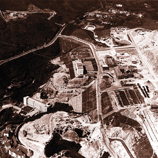
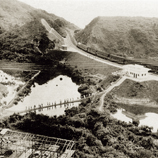
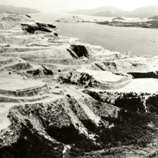
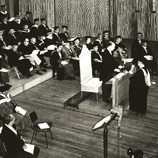
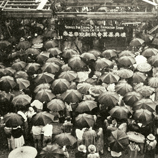
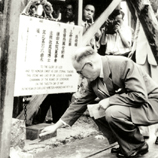
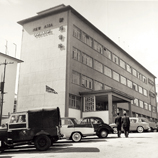
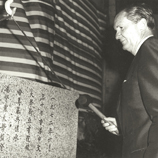
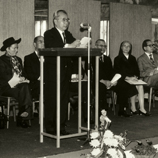
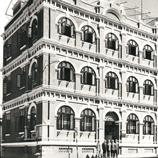
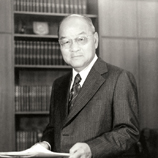
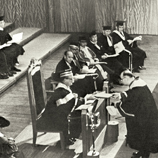
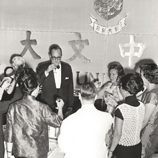
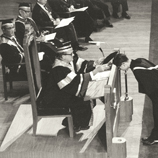
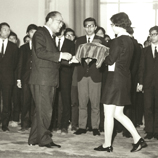
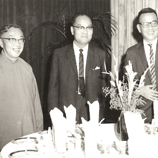
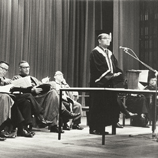
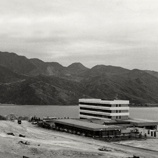
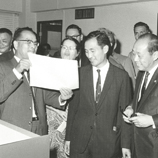
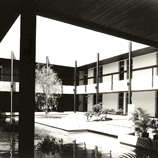
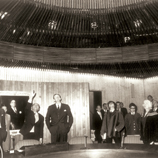
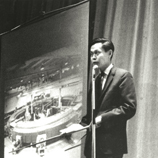
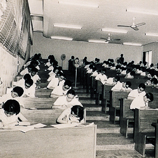
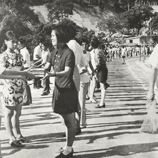
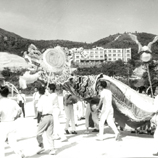
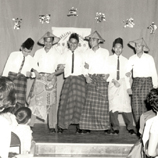
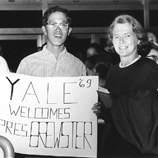
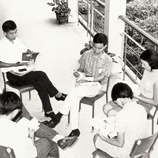
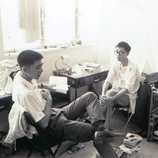
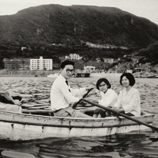
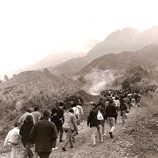
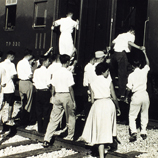
CUHK Research | CUHK: Focus at 50 | The Call of CUHK Colleges
CUHK Home | ISO Home | Contact Us | Disclaimer | Privacy Policy
Copyright © 2024. All Rights Reserved. The Chinese University of Hong Kong.